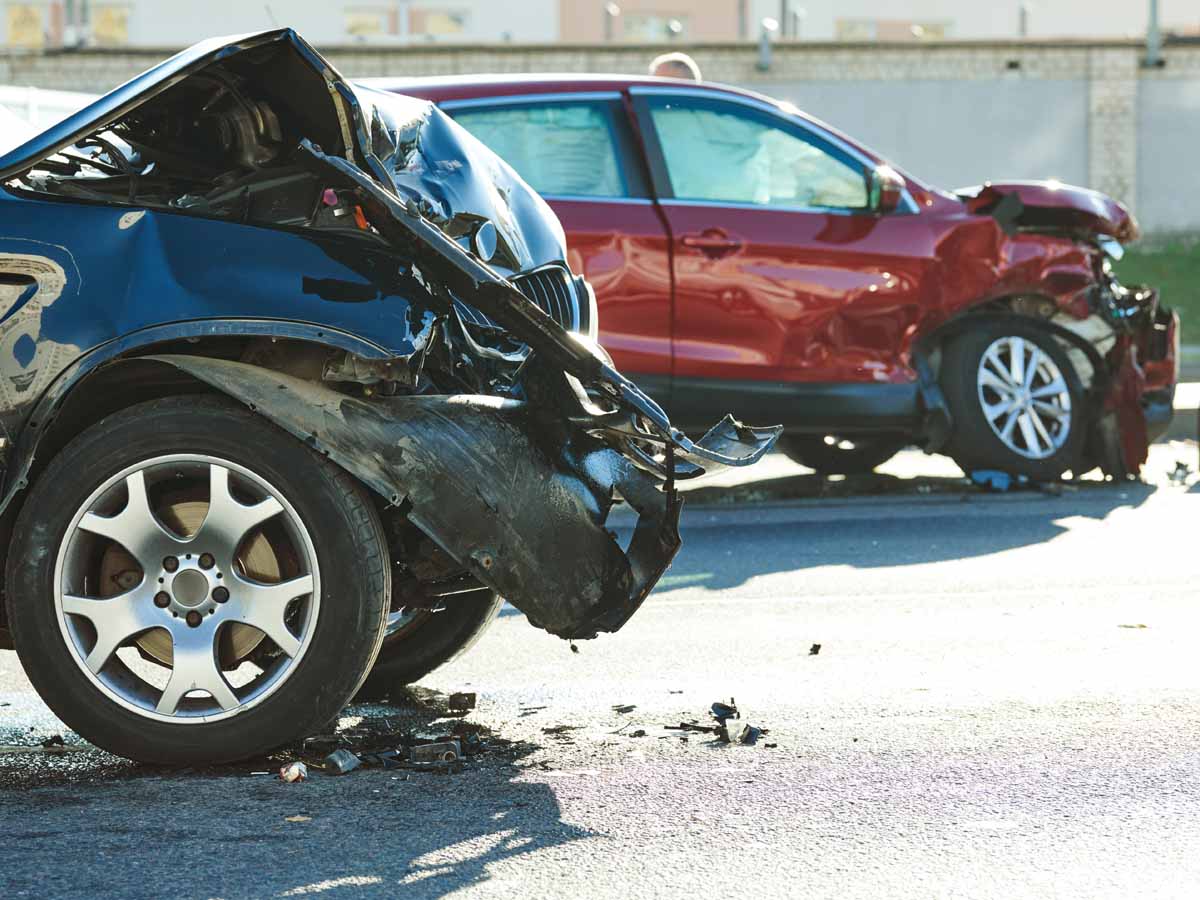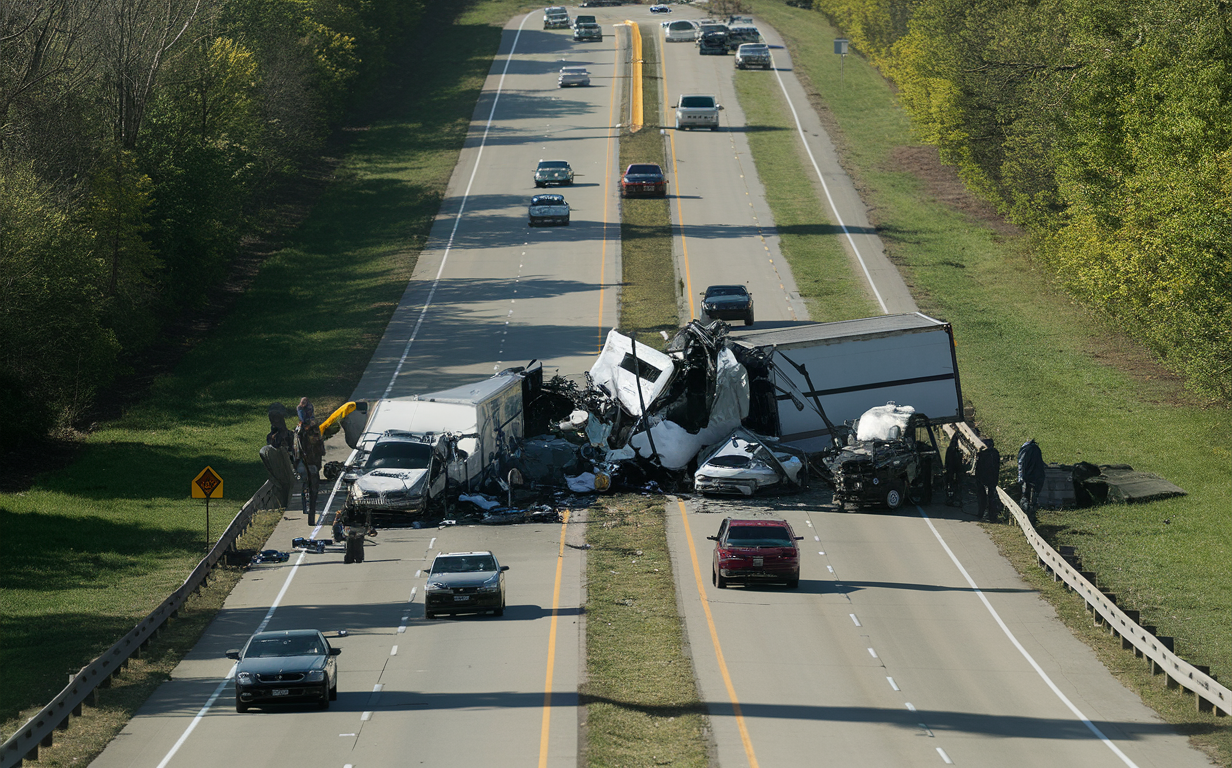
Why Left-Turn Car Accidents Are So Dangerous
A left-hand turn is one of the most dangerous maneuvers a driver can make in a motor vehicle. Statistics from the National Highway Traffic Safety Administration indicate nearly 22 percent of car accidents in the U.S. involve left-hand turns. What makes left-hand turns so dangerous? We make these turns daily as we hit the road for work, school, and running errands.
At Mihelich & Kavanaugh, PLC, our Macomb County personal injury attorneys want to help uncover what makes left turns so dangerous.
Top Reasons Left-Hand Car Accidents Are So Dangerous
Left-hand turns are notoriously dangerous because they often involve crossing and turning into oncoming traffic. Significant accidents can occur when careless drivers do not see oncoming vehicles, pedestrians, or bicyclists in time to avoid a collision. Some of the top reasons that make left-hand car accidents more dangerous include the following:
- Failing to yield – Failing to yield or obey posted traffic signs and signals often results in hazardous left-hand turn accidents. Left-hand turn accidents are often made across lanes of traffic, increasing the chances of disastrous crashes involving oncoming vehicles because a driver failed to yield the right of way.
- Speeding – Unfortunately, motorists often underestimate the speed of oncoming traffic, thinking they have enough time to negotiate the turn when traffic is moving much more quickly than anticipated. Heading into traffic before it is safe can lead to significant collisions, especially side-impact crashes.
- Inability to see traffic, pedestrians, or bicyclists – Drivers turning left must constantly be on the lookout not only for other cars and oncoming traffic but also for pedestrians and bicyclists. It can be so overwhelming trying to turn across fast-paced traffic that a driver could fail to keep a lookout for pedestrians or bicyclists crossing in their designated zones right in the driver’s path.
- Blind spots and obstructions – Unfortunately, blind spots and obstructions are common in left-hand turn accidents. Vehicles turning in the opposite direction can block a person’s view of traffic. Trucks and large objects can make it dangerous to see around corners, and blind spots may not give you a good view of oncoming traffic. These types of obstructions make turning left challenging.
Sudden turns and lane changes or speeding through traffic signs or signals also lead to significant left-hand turn car accidents. Driving while distracted also significantly increases the chances of a devastating left-hand turn accident. Drivers must focus on multiple potential hazards before navigating a left-hand turn. Adding a cell phone call or text message to the mix spells disaster.
Injuries Associated with Left-Hand Turn Accidents
Since left-hand turn accidents often involve oncoming traffic, the physical and financial fallout of a left-hand turn crash can be significant. Some of the most common injuries associated with left-hand turn accidents include:
- Traumatic brain injury
- Whiplash
- Neck and spine injuries
- Broken bones
- Facial and dental injuries
- Soft tissue damage
- Lacerations
- Contusions
Never overlook the risk of emotional injuries following a left-hand turn accident, either. Depression, anxiety, and post-traumatic stress disorder are also common mental health challenges that can occur following an accident.
Injured in a Car Accident? Talk to an Experienced Attorney Today
Although some studies suggest abolishing the left-hand turn because it is so dangerous, that isn’t happening any time soon. Until Michigan changes traffic flow patterns, left-hand turns are a reality of a driver’s daily routine.
If a careless driver has injured you in an accident, it’s time to contact an experienced Michigan car accident attorney who can help you recover the money you need. Get the help you deserve by calling us at (586)766-1700 or contacting the office of Mihelich & Kavanaugh, PLC, today for a confidential consultation.




